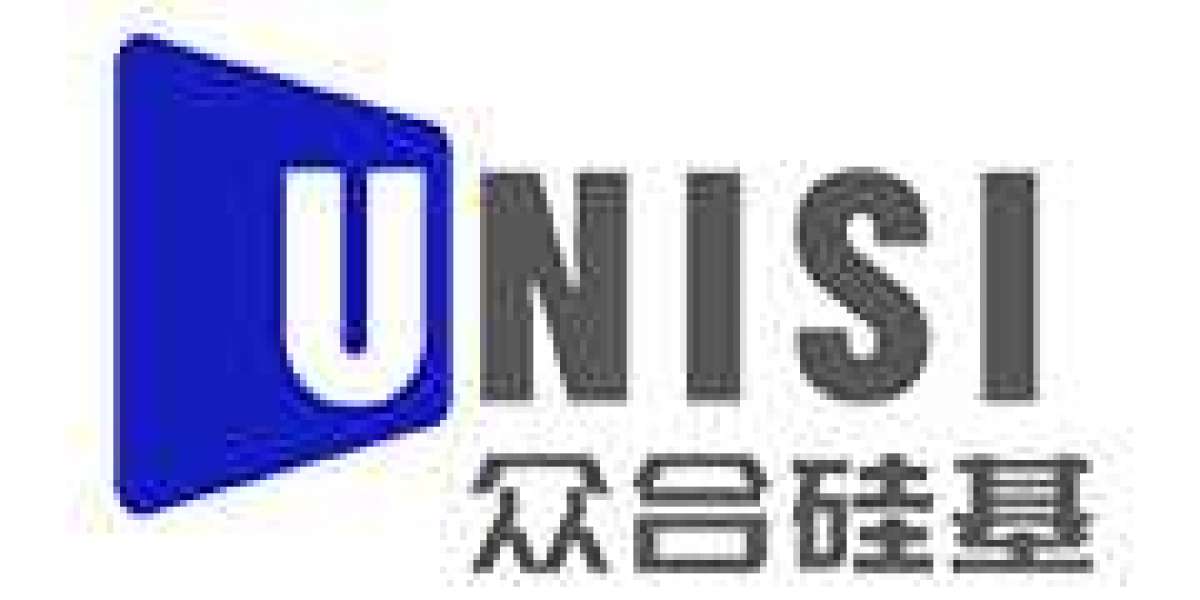Introduction:
The Common Network Engineering Test (CNET) is a prominent examination that assesses the knowledge and skills of aspiring network engineers. It serves as a benchmark for evaluating candidates' proficiency in various aspects of network engineering, including network design, implementation, troubleshooting, and security. In this blog, we will delve into the CNET exam syllabus, shedding light on the key topics and providing valuable insights to help you prepare effectively and excel in the examination.
- Overview of the CNET Exam:
The CNET Exam is conducted to evaluate the technical knowledge and expertise of network engineers. It tests candidates' understanding of networking concepts, protocols, technologies, and their ability to apply that knowledge in real-world scenarios. The exam is typically conducted in an online format, with multiple-choice questions (MCQs) and practical scenarios.
- CNET Exam Syllabus:
The CNET exam syllabus covers a wide range of topics, encompassing both theoretical knowledge and practical skills relevant to network engineering. While the exact syllabus may vary slightly, depending on the exam version or the certifying body, the following key areas are typically covered:
- a) Network Fundamentals:
- OSI and TCP/IP models
- Network topologies and architectures
- IP addressing and subnetting
- Ethernet technologies
- VLANs (Virtual LANs) and switching
- b) Routing and Switching:
- Routing protocols (RIP, OSPF, EIGRP, BGP)
- Routing table and route summarization
- VLAN configuration and inter-VLAN routing
- Spanning Tree Protocol (STP) and Rapid Spanning Tree Protocol (RSTP)
- Layer 2 and Layer 3 switches
- c) Network Security:
- Access control lists (ACLs)
- Firewalls and intrusion detection/prevention systems (IDS/IPS)
- Virtual Private Networks (VPNs) and tunneling protocols
- Network security best practices
- Threats and vulnerabilities in network environments
- d) Network Services:
- DHCP (Dynamic Host Configuration Protocol)
- DNS (Domain Name System)
- NAT (Network Address Translation)
- FTP (File Transfer Protocol)
- HTTP/HTTPS (Hypertext Transfer Protocol/Secure Hypertext Transfer Protocol)
- Email services (SMTP, POP3, IMAP)
- e) Network Troubleshooting:
- Network monitoring and analysis tools
- Troubleshooting methodologies
- Common network issues and their resolution
- Packet capture and analysis
- Network performance optimization techniques
- Preparation Strategies:
To prepare effectively for the CNET exam, it is crucial to adopt a systematic and comprehensive approach. Here are some strategies to help you succeed:
- a) Familiarize Yourself with the Syllabus: Thoroughly review the CNET exam syllabus to understand the key areas of focus. Make a list of the topics and subtopics, and ensure you have a clear understanding of each.
- b) Study Materials: Utilize reliable study materials such as textbooks, online resources, and reference guides specific to network engineering and the CNET exam. Recommended books and study guides can provide a solid foundation for your preparation.
- c) Hands-on Practice: Network engineering requires practical skills. Set up a lab environment using network simulation tools or physical networking equipment to gain hands-on experience. Practice configuring routers, switches, and various network services to reinforce your understanding of the concepts.
- d) Mock Tests and Practice Questions: Solve mock tests and practice questions that simulate the CNET exam environment. This will help you familiarize yourself with the exam format, time management, and identify areas that need improvement.
- e) Networking Communities and Forums: Engage in networking communities, forums, and discussion groups where professionals and aspiring network engineers share knowledge and experiences. Participate actively, ask questions, and seek guidance from experienced individuals.
- f) Stay Updated with Industry Trends: Network engineering is a dynamic field, and it is essential to stay updated with the latest technologies, protocols, and security practices. Follow industry blogs, attend webinars, and explore online resources to stay abreast of industry trends.
- Additional Tips:
- a) Time Management: Create a study schedule that allocates sufficient time to cover all the topics in the syllabus. Prioritize the areas where you need more focus while maintaining a balanced approach across all subjects.
- b) Revision: Regularly revise the topics you have studied to reinforce your understanding and retention. Make concise notes or flashcards for quick reference.
- c) Seek Professional Certifications: Consider pursuing industry-recognized certifications such as CCNA (Cisco Certified Network Associate) or Network+ to enhance your credentials and validate your knowledge.
- d) Maintain a Positive Mindset: Stay motivated, believe in your abilities, and remain focused on your goal. Stay calm during the exam and manage your time effectively.
Conclusion:
Mastering the CNET exam requires a strong foundation in network engineering concepts, hands-on practice, and comprehensive preparation. Understanding the syllabus, utilizing the right study materials, and dedicating ample time for practice are crucial steps in your journey toward success. By following a disciplined study plan, staying updated with industry trends, and seeking guidance when needed, you can maximize your chances of achieving excellence in the CNET exam and establishing a rewarding career in network engineering. Best of luck!



